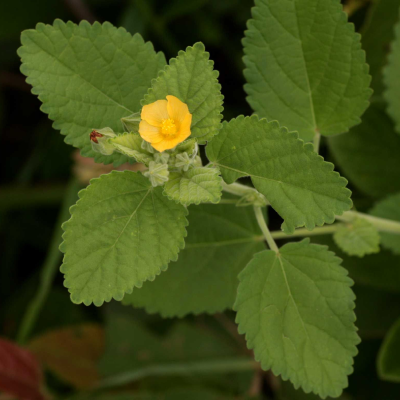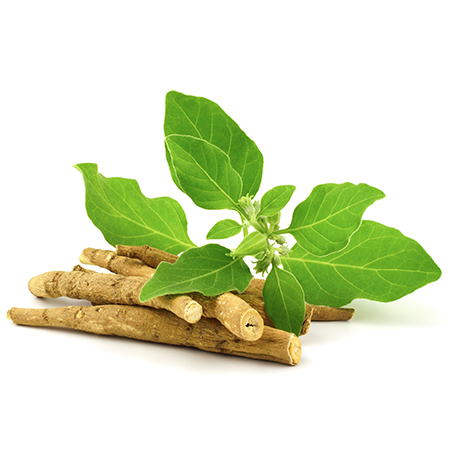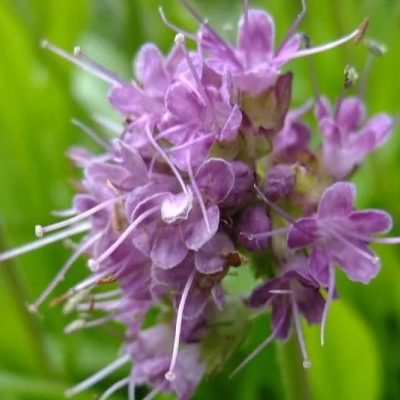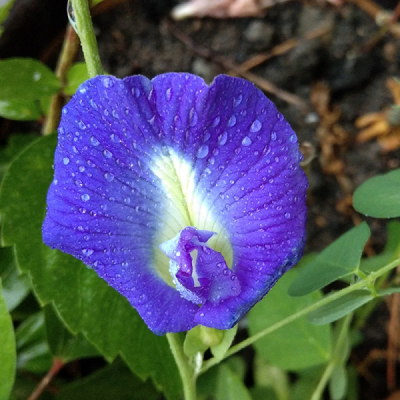- +033 2572 7171
- info@dhanvantary.com

4.5 Rating | 4500 Review

4.5 Rating | 4500 Review
Bell's palsy is a sudden weakness or paralysis of the muscles on one side of the face. It can make half of the face droop, making it hard to smile or close the eye on that side. It usually happens suddenly and can be alarming, but in most cases, it’s temporary, and people recover within weeks to months.

Bell's palsy occurs when there is inflammation or compression of the facial nerve (cranial nerve VII), which controls the muscles of the face. This inflammation disrupts the signals from the brain to the facial muscles, leading to weakness or paralysis on one side.
The exact cause of Bell's palsy is unclear, but it is often linked to viral infections. Some of the viruses suspected to trigger it include:
Herpes simplex virus (HSV) : the virus that causes cold sores
Varicella-zoster virus : the virus that causes chickenpox and shingles
Epstein-Barr virus : associated with mononucleosis
Cytomegalovirus
Adenovirus : which causes respiratory infections
Infection from these viruses can cause swelling of the facial nerve, leading to the symptoms of Bell's palsy.
Bell's palsy symptoms usually develop suddenly and may include:
Sudden weakness or paralysis on one side of the face.
Difficulty smiling, blinking, or closing the eye on the affected side.
Drooping of the mouth or eyelid.
Drooling.
Decreased sense of taste.
Increased sensitivity to sound on the affected side.
Pain around the jaw or behind the ear on the affected side.
While most people recover fully, some may experience complications :
Long-term facial weakness : if the nerve does not heal completely
Synkinesis : involuntary movements, such as the eye closing when smiling
Eye problems : due to inability to close the eye, leading to dryness or even corneal damage
There’s no specific test for Bell's palsy. Doctors usually diagnose it based on symptoms and by ruling out other conditions. Diagnosis may involve :
Physical examination : to assess muscle weakness in the face
Medical history : including recent viral infections
Imaging tests (MRI or CT scan) : to rule out other causes of facial paralysis, like stroke or tumours
Electromyography (EMG) : to check nerve damage and muscle response
Imbalance of Vata dosha – which governs nerve function, movement, and sensation
Stress, lack of sleep, or improper diet – can aggravate Vata and lead to nerve-related disorders
Weakness or depletion of body tissues (dhatus) – can make the nerves more vulnerable
Imbalance of Vata dosha – which governs nerve function, movement, and sensation
Stress, lack of sleep, or improper diet – can aggravate Vata and lead to nerve-related disorders
Weakness or depletion of body tissues (dhatus)
Herbal oils are administered through the nose to help calm the Vata dosha and stimulate facial nerves.
Warm oil is poured over the forehead, calming the mind and supporting nerve function.
Full-body massages with warm herbal oils to balance Vata and improve circulation
Eat warm, nourishing foods to balance Vata, such as soups, ghee, and cooked vegetables.
Avoid cold, dry foods and excessive caffeine
Practice gentle yoga and meditation to reduce stress.
Ayurveda also suggests gentle facial exercises and massages with oils like sesame oil to improve muscle strength and stimulate nerve function.

Bala is highly regarded useful for strengthening the nerves and muscles. It helps nourish tissues and alleviate symptoms of facial paralysis.
Use: Bala powder or decoction is used internally, or the herb is infused in oil for massages. It can also be part of a medicated oil for nasya (nasal drops) or local application.

Yashtimadhu is anti-inflammatory and supports nerve health, making it beneficial in reducing nerve inflammation and facilitating recovery. It also helps to balance Vata and Pitta dosha.
Use: Yashtimadhu powder can be mixed with warm water or milk. About 1/2 to 1 gram is usually recommended, but dosage should be tailored by a practitioner.

Dashamoola is a traditional Ayurvedic formulation of ten roots that pacifies Vata dosha and helps reduce inflammation. It supports overall nerve health and helps relieve symptoms associated with facial nerve weakness.
Use: Dashamoola can be taken as a decoction or in powder form, often before meals. It may also be used in medicated oils for external application.

Ashwagandha helps to strengthen the nervous system, reduce inflammation, and calm the mind. It also helps balance Vata dosha, which is crucial in treating nerve-related issues.

Known for its sedative properties, Jatamansi is used in Ayurveda to support restful sleep and reduce nervousness, which may help with night-time bladder control.
Use : Ashwagandha powder or capsules can be taken as per an Ayurvedic practitioner's recommendation. A typical dose might be 1-2 grams of powder with warm milk or water, taken twice daily.

Shankhpushpi is known for its calming and nerve-strengthening properties. It aids in relieving stress and anxiety, which can further support recovery.
Use: taken as a powder or in liquid form with water or milk.
